Microhydropower is a renewable energy source that utilizes the power of moving water to generate electricity on a small scale. It’s an efficient and sustainable solution for homeowners who want to reduce their dependence on fossil fuels and save money on their energy bills. With the right equipment and installation, microhydropower systems can provide reliable power for homes located near streams, rivers, or other sources of flowing water.
In this article, we will explore the benefits of microhydropower for homeowners, the different types of systems available, and the steps involved in installing and maintaining a microhydropower system for your home.
Whether you live in a house in Wilmington, NC, or a tiny home in Duluth, MN, read on to learn everything you need to know about microhydropower.
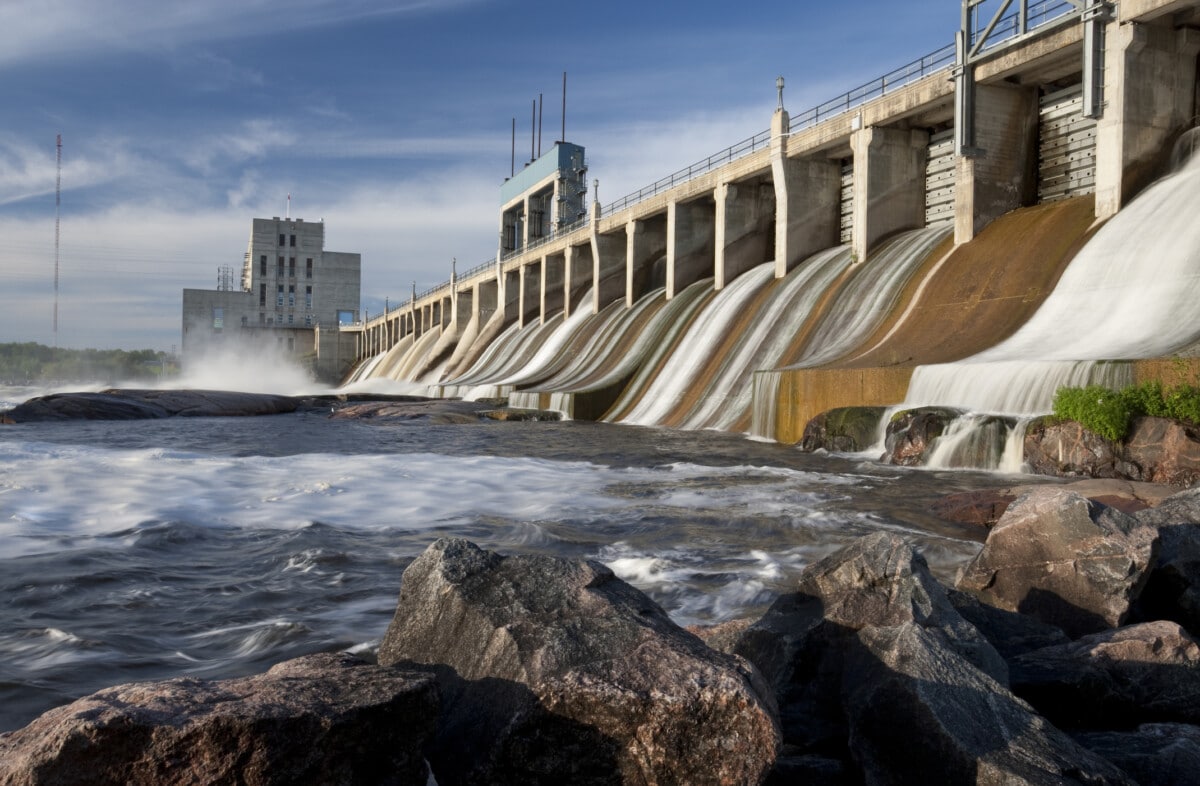
How does hydropower work?
Hydropower, or hydroelectric power, uses energy from moving water to generate electricity. It’s one of the oldest forms of renewable energy and accounts for about 31% of renewable energy in the US. In fact, it’s the largest source of renewable energy in the world, ahead of both solar and wind, and the third-largest power source overall, only behind natural gas and coal.
Hydropower technologies generate electricity using elevation differences, usually with a dam or other structure. Water flows from high to low, generally from a reservoir or river, powering turbines on its way down.
There are three types of hydroelectric power plants distinguished by their generation capacity: large, small, and micro. Large and small plants are used to power cities and neighborhoods on an industrial scale, while microhydropower is suitable for homeowners and farmers living near flowing water.
If you live near a flowing body of water, you may be able to use a microhydropower system to power your home and reduce your environmental footprint.
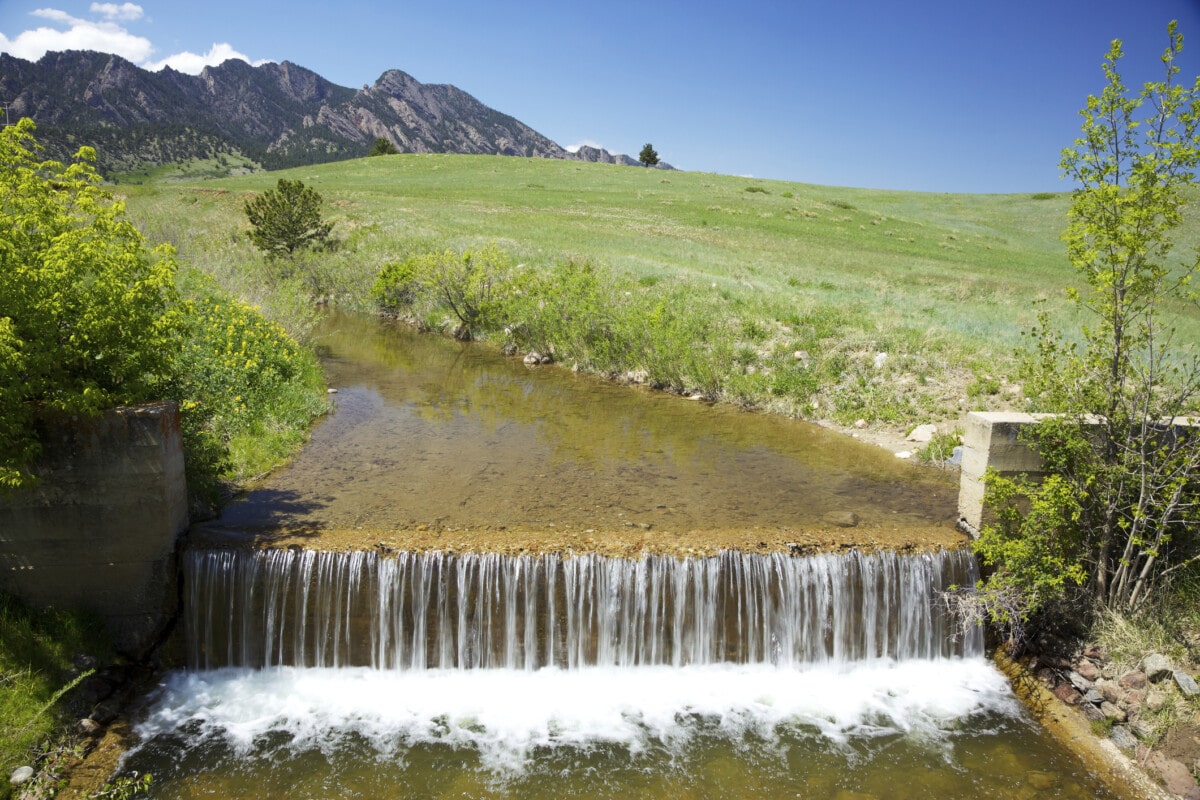
Renovating your home?
Find out what your home's worth, edit facts, and see the impact of home projects.
How to use microhydropower at home
Renovating your home?
Microhydropower provides a reliable source of electricity. So, how do you use it at home? Here are seven steps to help you go from idea to action.
1. Determine the head and flow rate of the water system
First, you need to measure the head and flow rate of the water system on your property. The head is the vertical distance between the water intake and the turbine, while the flow rate is the amount of water passing through the turbine per unit of time. These two factors determine the total power output of the system.
It’s important to calculate these accurately before proceeding. If the water system doesn’t provide enough energy, a microhydropower system may not be practical.
2. Figure out if you can use the water resource
Do you have the right to use the water for your needs? In many states, water rights are separate from land titles, and downstream users or local governments may also have legal rights to the water.
3. Calculate the costs of the system
The cost of a microhydropower system includes equipment, materials, labor, and any associated fees, such as permitting and inspection costs. Typically, microhydropower systems cost between $1,500 to $4,000 per kilowatt of installed capacity. However, prices vary widely depending on your site and the size of the system.
You can keep the cost down by doing some work yourself, such as building and installing necessary components. This may close off financing options, possibly making them inaccessible. Financing options for a microhydropower system may include grants, loans, or other financial incentives.
4. Compare costs of alternatives
There are various types of microhydropower systems available, including high-head, low-head, and run-of-river systems. It’s important to compare the costs and benefits of each alternative to determine the most appropriate and cost-effective solution for the specific site conditions.
5. Start the permitting process
To install and operate a microhydropower system, you likely need permits and approvals from various regulatory agencies, such as the Federal Energy Regulatory Commission (FERC) or state and local governments. There are also many water rights and environmental-impact considerations that can delay or prohibit your microhydropower project.
6. Buy or build equipment
You can buy or custom-build many parts of a microhydropower system, including turbines, generators, and control systems. It’s important to consider the equipment’s cost, quality, and reliability and determine the most appropriate strategy based on your needs. Don’t skimp on quality materials, and hire a professional for help if you have questions.
7. Install and maintain equipment
Don’t take shortcuts during installation, especially if you bought a part with instructions. Proper installation and maintenance are essential for the efficient and reliable operation of a microhydropower system. Additionally, perform regular maintenance and address issues or repairs promptly.
If environmental concerns arise, consult a professional and consider alternative energy sources.
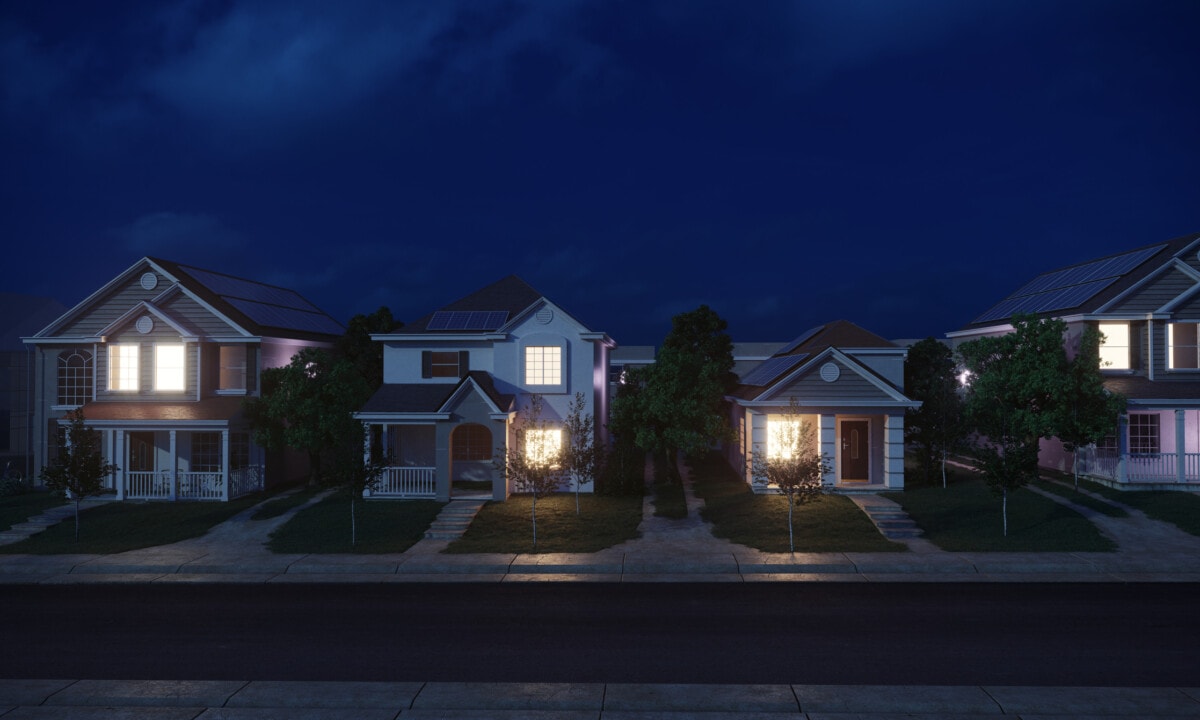
Can you power your home using a microhydropower system?
Yes, you can power your entire home using a microhydropower system. Microhydropower can produce up to 100 kilowatts of electricity, enough for 100 homes. A 10-kilowatt system is more than enough to power a large home or small farm.
However, production depends on a water system’s head and flow rate and may not produce enough electricity for your home. Make sure to consider your situation before installing a micro hydro system.
Pros and cons of using hydropower at home
Microhydropower is a clean and renewable source of energy. However, it also has downsides. Let’s dive into the pros and cons of microhydropower.
Pros
- Low head and flow required: Large hydropower plants require massive heads and flow rates. However, a microhydropower system can work with as little as two feet of head and minimal flow. These smaller systems won’t produce as much electricity, though.
- Efficient and predictable: Microhydropower systems reliably produce electricity 24/7, 365 days per year, because they don’t directly rely on the weather, such as wind or sun. This makes them a much more reliable source of renewable energy than wind or solar power. They can also be more than 70% efficient, much more than wind or solar.
- Cost-effective: While initial installation costs can be expensive, the total cost over the system’s lifespan is less than other renewable energy sources. The average microhydropower system costs 6 cents/kWh, compared to 7 cents/kWh for wind and 10 cents/kWh for solar.
Cons
- Environmental impact: Microhydropower plants are much smaller and less impactful than large dams, but they can still have adverse effects on the environment. For example, they can alter the natural flow of a river or stream, affect fish passage and migration, or cause erosion, which can slowly alter the landscape.
- Site-specific: Microhydropower systems are site-specific and require a consistent water source with sufficient head and flow to generate electricity.
- Seasonal: Some rivers and streams may receive a constant, year-round water flow, meaning electricity production won’t change. However, many locations receive a smaller flow during summer and early fall, leading to lower production.
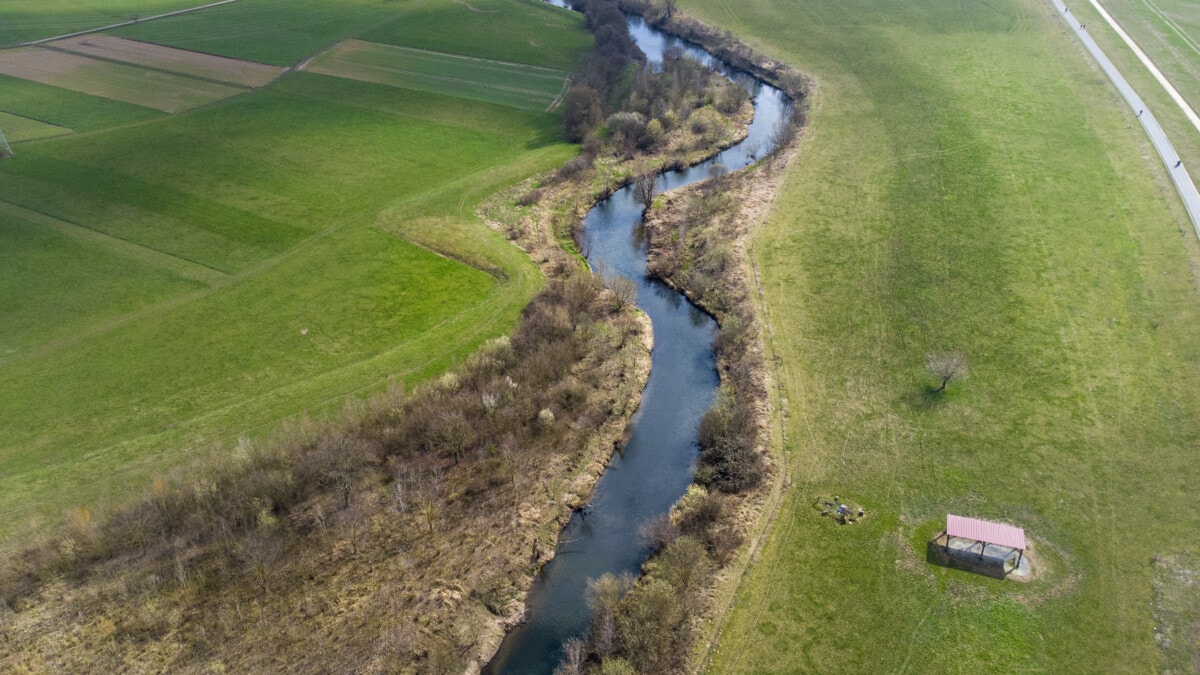
How is microhydropower different from other energy sources?
Microhydropower is an efficient and reliable source of electricity, but it requires specific environments to work. Let’s dive into how it differs from other sources of small-scale electricity.
Fossil fuels
Microhydropower systems are a clean and renewable energy source. Electricity generation with fossil fuels, such as generators, is nonrenewable and pollutes the environment. However, generators are transportable and useful for emergency purposes.
Solar
Solar panels are a more cost-effective and flexible method to produce electricity that you can use in most climates. However, they generally aren’t as efficient as hydropower systems. Microhydropower systems can have an efficiency of 49%, compared to solar panels, which are typically around 23% efficient in optimal conditions.
Wind
Microhydropower systems typically require a water source with a consistent flow, such as a stream or river, and may require a dam or diversion to direct water to the turbine. Small wind systems require an open, unobstructed area with consistent wind speeds. Both methods require careful planning and installation to ensure optimal performance and efficiency. In optimal conditions, a small dam will produce more consistent electricity.
Is hydropower renewable?
Hydropower is renewable. It relies on bodies of water, including rivers, streams, and reservoirs, to turn a turbine producing electricity. Water is naturally occurring and does not emit pollutants.
Hydropower also plays a large role in meeting global energy needs.
Effects of climate change
Because of climate change, however, seasonal rain patterns are becoming shorter and more intense, and droughts are becoming longer. In 2021, despite a steep increase in global hydro capacity, power generation decreased for the first time in 20 years because of extreme droughts. These raise concerns about the sustainability of hydropower.
This can also affect your microhydropower system. If your local stream or river is experiencing lower flow rates, consider pairing your microhydropower system with other renewable energy sources, such as wind and solar, to form a hybrid system.
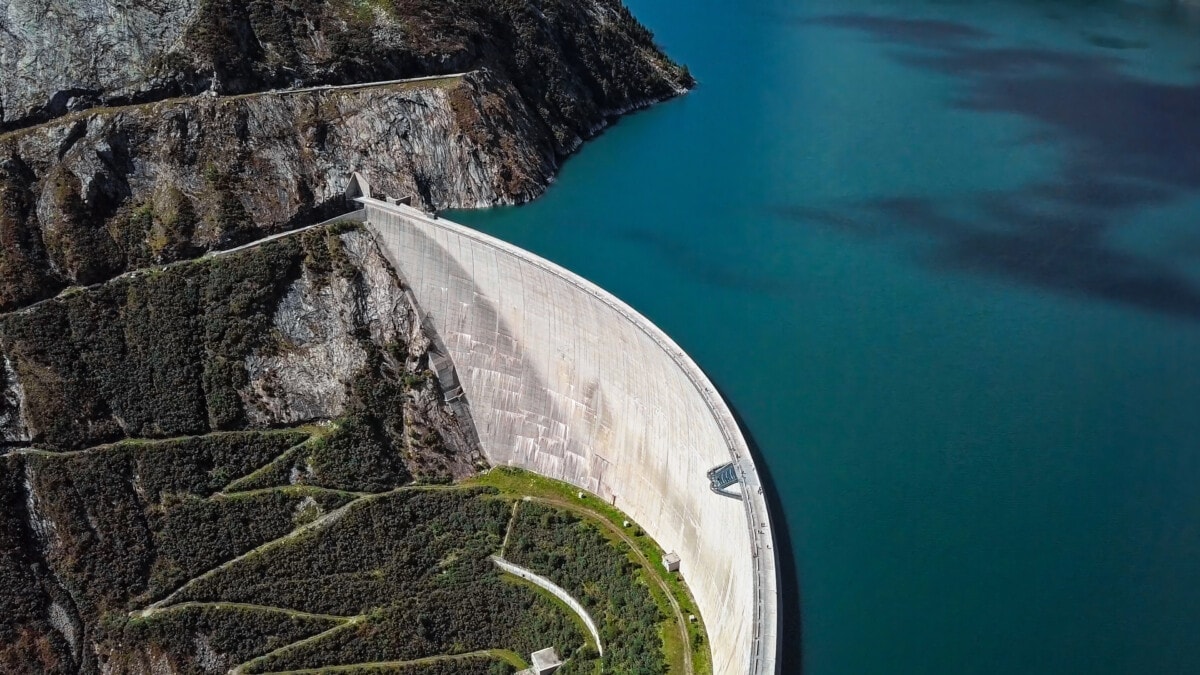
How hydropower affects the environment
Hydroelectric projects, specifically dams, can have significant environmental impacts on the local and regional environment. Here are a few examples:
- Land use: Dams can have significant effects on surrounding land. They often cause flooding and deforestation and may displace entire communities, leading to serious socio-economic concerns. By some estimates, nearly 472 million people downstream of large dams suffer from reduced food security, regular flooding, and other impacts.
- Wildlife: Dams can have a significant impact on aquatic ecosystems, such as fish and other small organisms. Additionally, reservoir water is typically stagnant and has a higher-than-normal amount of sediment and nutrients, which can create excessive algae.
- Life-cycle global warming: Building and maintaining dams requires vast amounts of resources and fossil fuels. Total life-cycle greenhouse gas emissions for large hydroelectric dams can be over 0.5 pounds per kWh. This includes construction, maintenance, and underground methane released from flooding large areas of land. For context, natural gas plants have life-cycle emissions between 0.6 and 2 pounds of carbon dioxide per kWh.
Luckily, microhydropower systems have much smaller footprints. Some run-of-the-river technologies have insignificant impacts on the river’s natural flow, such as drifting turbines and water wheels. However, these don’t produce as much electricity and are not feasible to produce renewable energy at scale.
Looking to save money on your mortgage?
Final thoughts on hydropower
Microhydropower harnesses the energy of flowing water to generate electricity with minimal environmental impact and greenhouse gas emissions. While the installation and maintenance costs of microhydropower systems can be high, they may offer a long-term solution that can reduce dependence on nonrenewable energy sources and contribute to a more sustainable future.
Hydroelectric power is a renewable energy source, but it may not be sustainable in the long term. As climate change progresses and weather patterns change, rivers, and streams may dry up or flood more regularly, making power generation inconsistent or impossible.
In the long run, hydropower may not be a reliable source of electricity year-round, but it will continue to play a role in mitigating the effects of climate change and generating renewable energy for all.



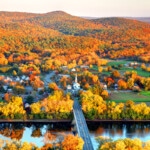






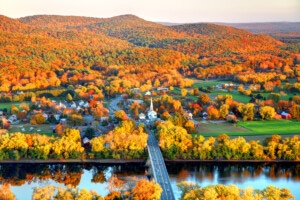



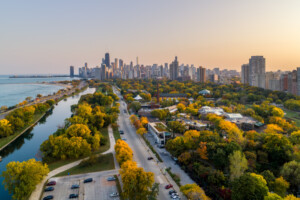











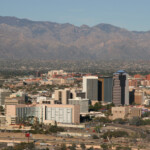
 United States
United States Canada
Canada